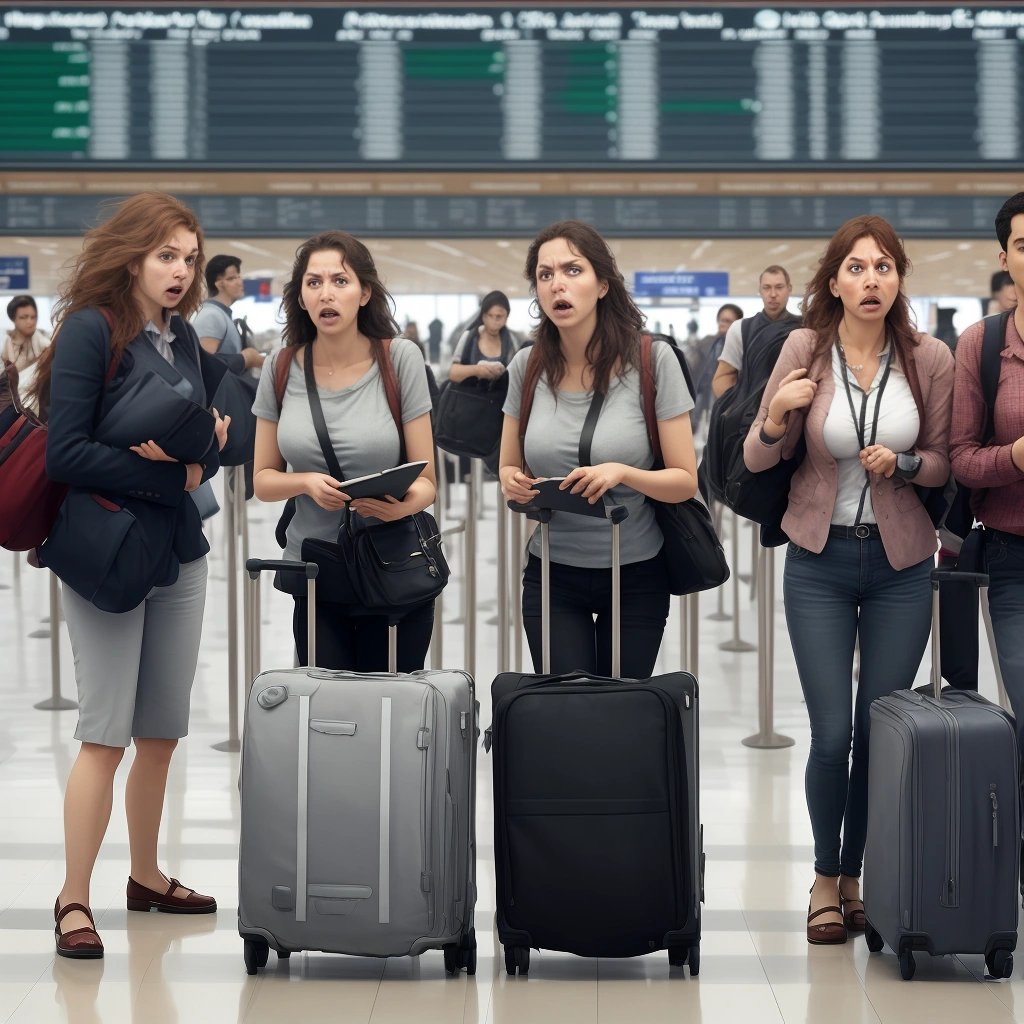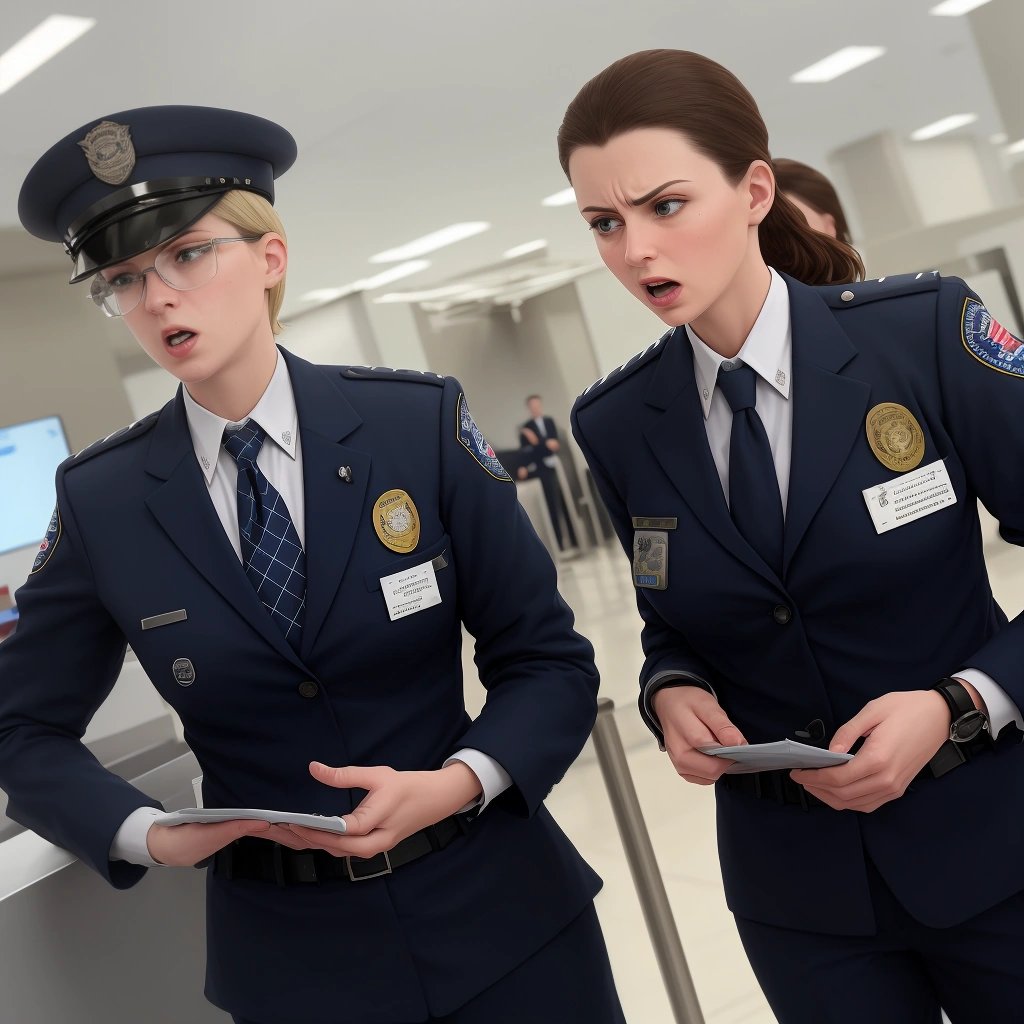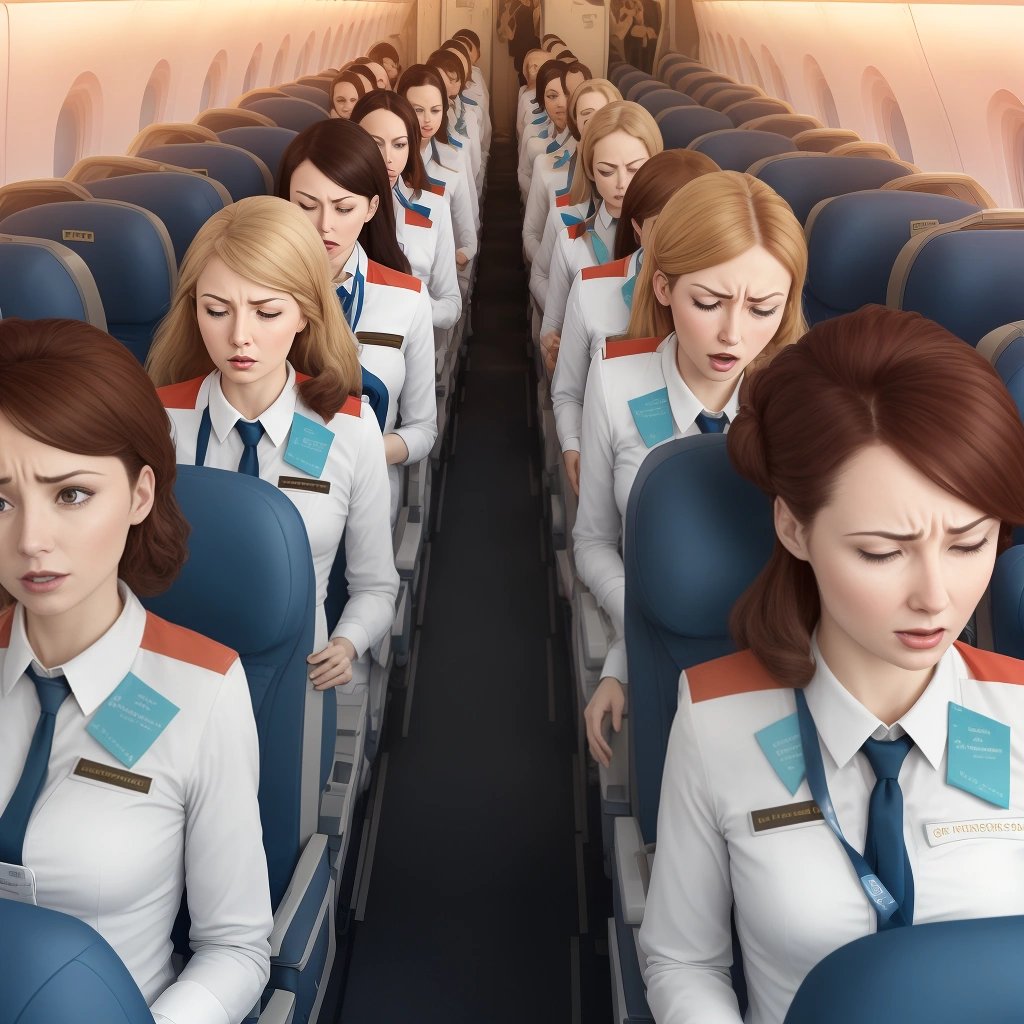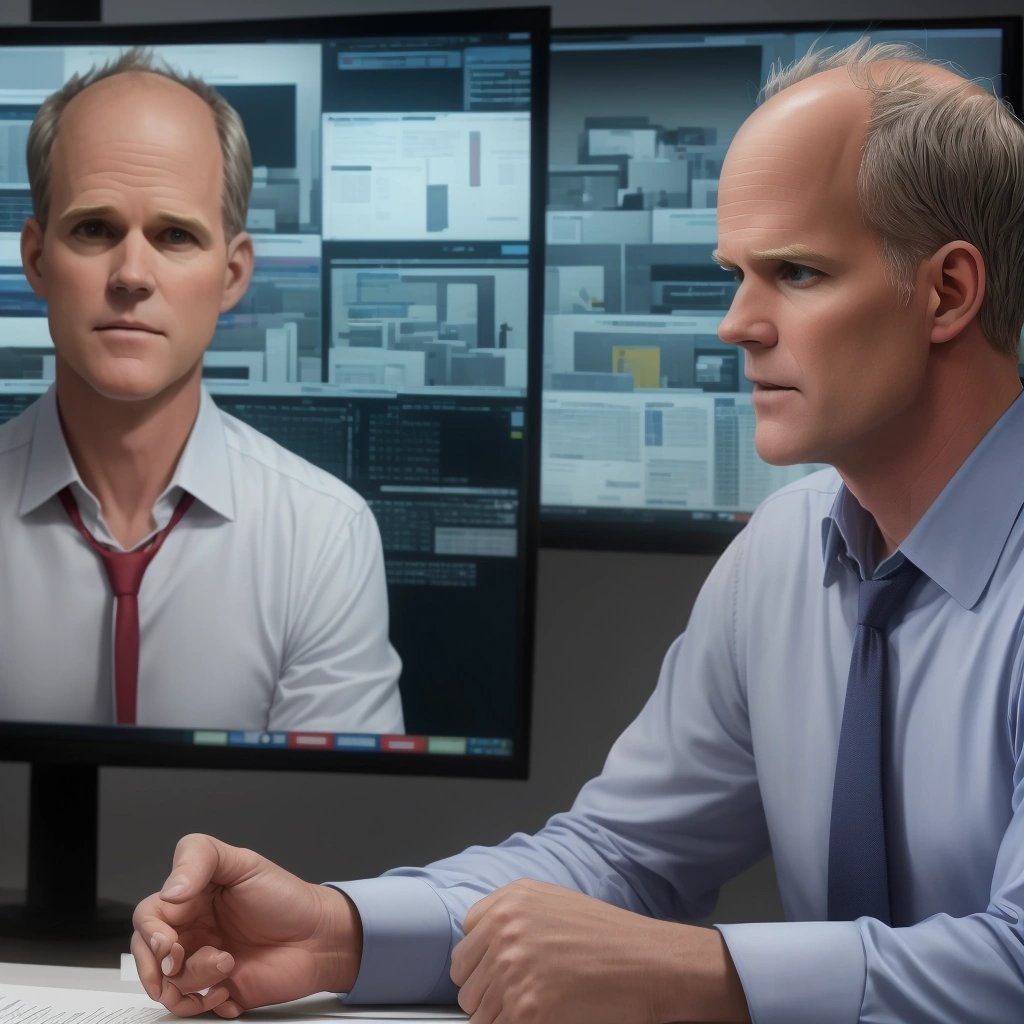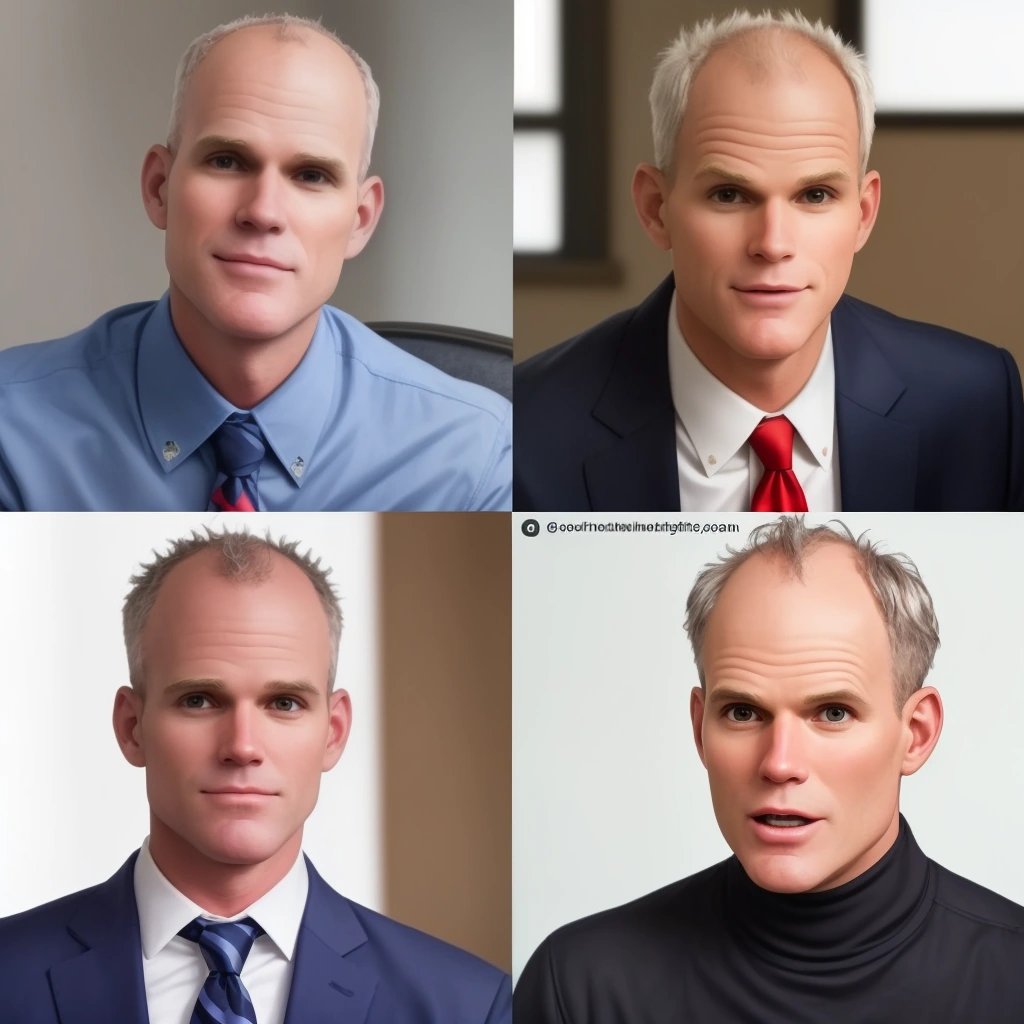In a bizarre turn of events, chaos has erupted within the US air travel network following a shocking request made by popular YouTube personality, Scott Manley. The unexpected plea sent shockwaves through the industry, leaving airlines, passengers, and aviation authorities in a state of confusion.
At the end of one of his usual highly informative and entertaining videos, Scott Manley, known for his expertise in space and science-related content, decided to play a practical joke on his viewers. With a mischievous twinkle in his eye, he deviated from his usual sign-off of "fly safe" and instead expressed, "I wish you all not to fly safe!"
Little did he know the uproar this simple statement would cause. Airline executives and aviation regulators watched in disbelief as the video spread like wildfire across social media platforms. Panic ensued as passengers began interpreting the request in various ways - some refusing to fly altogether, while others took it as a mischievous cry to embark on wild and unsafe adventures in the air.
Airports across the country were thrown into a state of utter chaos. Security lines backed up for miles as passengers engaged in heated debates about the legitimacy of Manley's request. TSA agents found themselves torn between adhering to their duty of maintaining safety and addressing the concerns of confused travelers.
Aviation authorities held emergency meetings, desperately trying to decipher the true intent behind Manley's request. Was it a call for exploration beyond the conventional boundaries of air travel? Or a playful jab at the excessive safety measures taken in the industry? The lack of clarity only fueled the overarching confusion that gripped the nation.
The crisis extended beyond the confines of airports and into the everyday lives of Americans. The fear of flying began to spread like wildfire, with people canceling their travel plans left and right. Flight attendants reported a significant increase in anxious passengers demanding reassurance and explanations for the unexpected request.
Scott Manley himself was taken aback by the magnitude of the chaos his practical joke had caused. In subsequent videos, he tried to rectify the situation, explaining that it was meant as a harmless prank and that he never anticipated such a response. However, the damage had already been done, and the confusion continued to reverberate throughout the air travel industry.
Every major news outlet covered the story, analyzing its potential implications and interviewing experts to shed light on the situation. Psychologists weighed in on the power of influencers' words and the effects they could have on public behavior. Aviation experts examined the long-term consequences of undermining the importance of safety measures within the industry.
As the chaos unfolded, airlines were forced to address the situation head-on. Public statements were released, emphasizing the unwavering commitment to passenger safety, attempting to quell the growing skepticism surrounding air travel.
Passengers, on the other hand, went through a rollercoaster of emotions. Some felt betrayed by a YouTube personality they had come to trust and admire, while others praised the audacity and humor behind Manley's request. Social media exploded with memes and satirical posts, adding a touch of levity to an otherwise alarming situation.
Ultimately, the chaos subsided, albeit slowly. The air travel network began to regain some semblance of order as passengers slowly regained their confidence in the industry's commitment to safety. Trust took time to rebuild, but the incident served as a stark reminder of the influence and responsibility that YouTube personalities and influencers wield.
The aftermath of Scott Manley's shocking request may forever be etched in the memories of those involved in the US air travel industry. It serves as a cautionary tale, highlighting the importance of clear messaging, responsibility, and the potential consequences of even the most harmless of pranks.
So, as you embark on your next flight, dear reader, remember the importance of safe travels. And let us hope that the skies remain a sanctuary of comfort and security, untouched by the unpredictable escapades of pranksters and YouTube celebrities.

